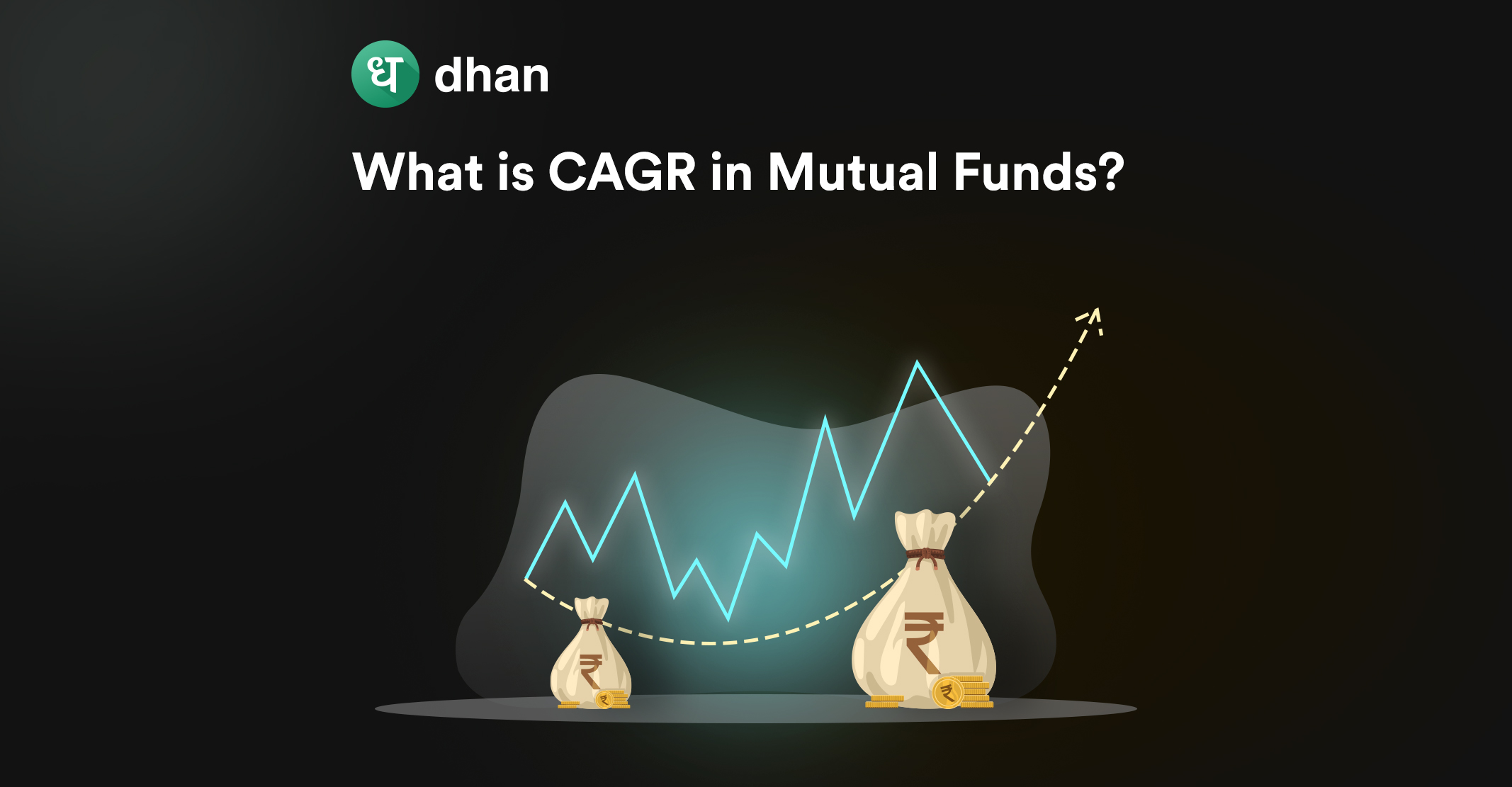If you’ve been investing for a while, you’d know that evaluating the risk of a mutual fund is very important.
The Sharpe Ratio helps you do just that by providing insight into a fund’s past performance and its risk-return profile.
In this blog, we get into the details of the Sharpe ratio. We’ll explore what is sharpe ratio in mutual funds, the mathematical formula, and pro & cons.
What is the Sharpe Ratio in Mutual Funds?
The Sharpe Ratio is a measure of risk-adjusted returns, specifically the excess returns earned per unit increase in risk.
It essentially quantifies how much additional risk you have to undertake to earn a certain level of return.
Calculating a mutual fund’s Sharpe Ratio typically involves comparing the fund’s returns to that of a risk-free asset, such as fixed deposits or government bonds.
By adjusting for risk, the Sharpe Ratio evaluates the efficiency of the fund’s performance in generating returns.
It provides insight into whether the returns earned by the fund adequately compensate for the risk taken on by you as an investor.
Furthermore, it is easy to calculate because you do not need additional information or extrapolation – the returns themselves are enough.
A positive Sharpe Ratio suggests that the mutual fund has outperformed the benchmark, while a negative Sharpe Ratio indicates underperformance.
Who Invented the Sharpe Ratio?
William F. Sharpe, an American economist and Nobel laureate, introduced the Sharpe Ratio in 1966.
While it wasn’t called that back then, it was named the Sharpe Ratio after its inventor by the finance junta.
In fact, Sharpe named it “reward-to-variability” and the ratio itself has gone through an iteration or two before arriving in its current form.
Even though the Sharpe Ratio has come under scrutiny, especially for bearish markets or short-term scenarios where there is limited visibility into returns, the ratio can serve as a decent metric for investors to evaluate a mutual fund.
Formula to Calculate Sharpe Ratio
The formula to calculate the Sharpe Ratio is: (Rp – Rf) / SD
where,
- Rp is the average rate of return generated by a fund for a selected past period such as 6 months, 1 year, or 3 years.
- Rf is the risk-free rate of return that you might get with no level of risk, such as those generated by T-bills in 365 days.
- SD is the standard deviation which measures the volatility of a fund. It shows how much the returns have fluctuated in the past around the average rate of return.
Meaning of Sharpe Ratio Values
| Sharpe Ratio | Interpretation |
| < 1 | Low risk-adjusted return (poor performance) |
| 1 – 1.99 | Acceptable risk-adjusted return (moderate performance) |
| 2 – 2.99 | Good risk-adjusted return (above-average performance) |
| 3 – 3.99 | Very good risk-adjusted return (excellent performance) |
| ≥ 4 | Excellent risk-adjusted return (outstanding performance) |
How to Compare Mutual Funds Using Sharpe Ratio?
Suppose there are two mutual funds X and Y belonging to the large-cap funds type.
X has generated an average return of 15% and its standard deviation is 10% whereas Y’s average rate of return is 20% and its SD is 13%. The risk-free rate is 6%.
Sharpe Ratio = (Rp – Rf)/ SD
- Sharpe Ratio (X): (15 – 6)/ 10 = 0.9
- Sharpe Ratio (Y): (20 – 6)/ 13 = 1.07
The Sharpe ratio of Y mutual fund is higher than X mutual fund, so you can invest in Y mutual fund because it has given better risk-adjusted return.
It means that a fund has given 1.07% higher returns than the risk-free rate that you might earn from investing in government bonds or T-bills in the same period of investment.
When to Analyze Mutual Funds Using Sharpe Ratio?
There are three ways you can make use of the Sharpe ratio and analyze mutual funds’ past performance.
1. Comparing Two Funds
In order to select the best-performing mutual fund, you can compare the Sharpe ratio of two funds belonging to the same category. You can choose a fund that has a higher Sharpe ratio.
2. Comparing with Category Ratio
It might be difficult for you to compare the Sharpe Ratio of all types of mutual funds from the same category.
The easier way for this is to compare the Sharpe ratio of a fund with a category average.
If the fund’s ratio is higher than the category average, then a fund can be chosen.
3. Comparing with Benchmark’s Ratio
You can compare the fund’s Sharpe ratio with the benchmark’s Sharpe ratio. Suppose the Y mutual fund has a benchmark index, Nifty 50 TRI.
If the fund’s Sharpe ratio is 1.07 and the Nifty 50 TRI’s Sharpe ratio is 1, then it shows that a fund has outperformed the index over the selected period.
Pros and Cons of Using Sharpe Ratio
Here are the pros and cons of the Sharpe ratio:
Pros
- This ratio helps you analyze the performance of a fund in a quantified manner and you can avoid any theoretical reason to select the best fund.
- You can add diversification to your overall portfolio by analyzing the invested fund’s Sharpe ratio. If you have invested in a fund with a higher Sharpe ratio such as 2, you can add another fund to reduce the overall risk of your portfolio.
Cons
- The Sharpe ratio may mislead with higher standard deviation as it includes both positive and negative deviations from the average. When positive deviations are more, SD can be high which falsely indicates higher risk. Hence, it leads to a lower Sharpe ratio which may inaccurately mean lower returns relative to risk.
- It does not clearly state which type of risk the fund is exposed to and you cannot identify whether the high risk is due to particular sector exposure or due to the portfolio level risk.
Conclusion
Sharpe ratio is a risk-adjusted metric that helps you understand how much returns a mutual fund has given over the risk it takes.
You can compare the Sharpe ratio of two funds from the same category and the one which has a higher ratio can be chosen.
This ratio helps you in analyzing the fund’s performance in measurable terms and you can gauge the extent of extra return.



